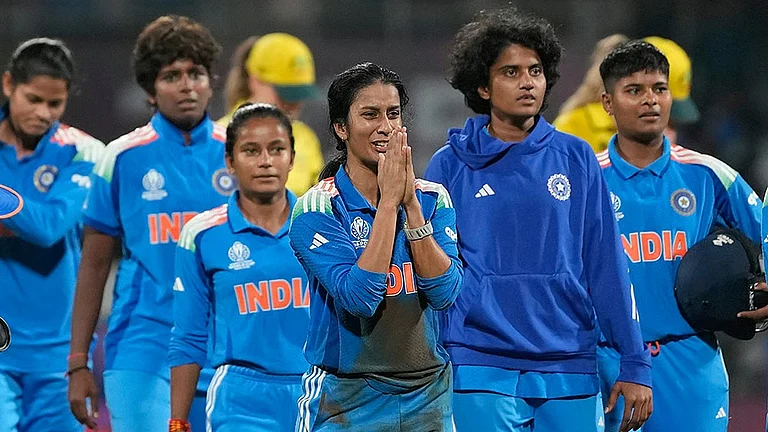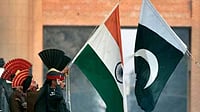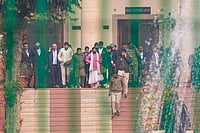Renowned scientist MS Swaminathan, who was hailed as the father of India’s Green Revolution, passed away on Thursday at the age of 98. He was instrumental in developing high-yielding varieties of paddy that helped ensure India’s low-income farmers produce more yield.
"As for me being called ‘Father of Green Revolution’, I was not responsible for that. I always say I am a father of three fine girls!" Swaminathan had said in an interview in 2019.
In a country that extensively depends on agriculture for livelihood, MS Swaminathan's efforts towards developing wheat varieties that would yield higher levels of grain as well as develop stalk structures strong enough to support the increased biomass, came at a time when farmers were struggling with lack of food security and rising population levels.
The initiative was launched during the second Five Year Plan (1956 – 1961) and helped India address its hunger crisis especially after the country witnessed the world’s worst recorded food crisis; the Bengal Famine in 1943.
In addition to achieving a scientific breakthrough, Swaminathan developed innovative ways to demonstrate to farmers what the new, genetically superior grain could do. For example, in 1966, he set up 2,000 model farms in villages outside New Delhi to show farmers how to effectively increase production by using different farming techniques.
His direct talks with farmers helped improve not just agricultural yields and scientific advances, but also helped overcome the obstacles of illiteracy and lack of formal education about these modern farming techniques. His work helped doubled the total crop yield of wheat from 12 million tons to 23 million tons in four crop seasons and ended India’s dependence on grain imports.
He later worked with the then Prime Minister Indira Gandhi to form agricultural policies that would ensure long-term self-sufficiency across the country.
He also served several leadership positions including being the Principal Secretary of the Ministry of Agriculture in 1979 and 1980. He was in charge of agriculture and rural development in India’s Planning Commission from 1980 to 1982. He also became Director General of the International Rice Research Institute in the Philippines in 1982.
Not only did India become self-sufficient in food grains, the introduction of the Green Revolution helped increase the income of farmers. However, to address the agrarian crisis and farmers’ unrest across the country, he had urged the then UPA government to take steps to secure farmers’ income in a series of five reports between 2004 and 2006.
"All kinds of excuses have been given by governments for not implementing this recommendation like food price inflation. But the question is, do the farmers of this country, who constitute nearly half of the working population, also not need to eat?" Swaminathan had said in an interview to The Hindu.


























